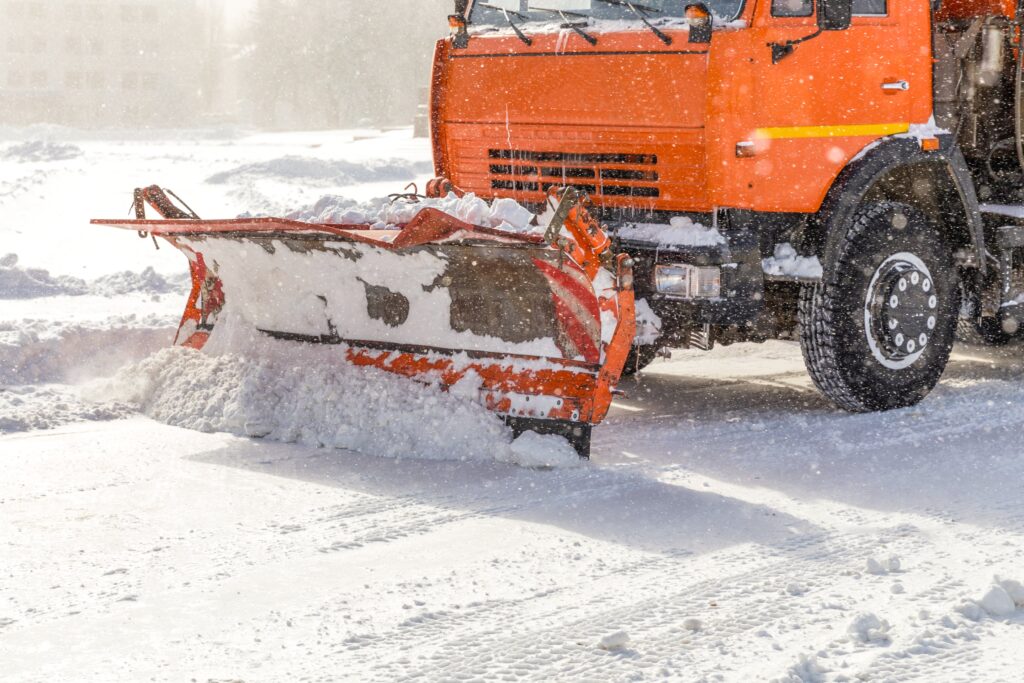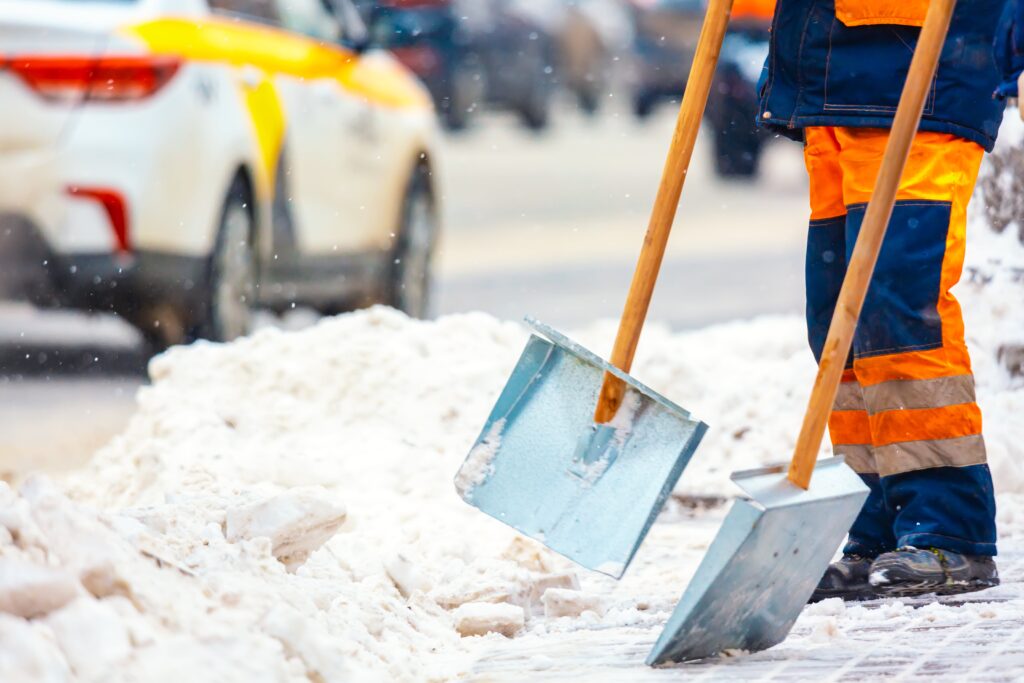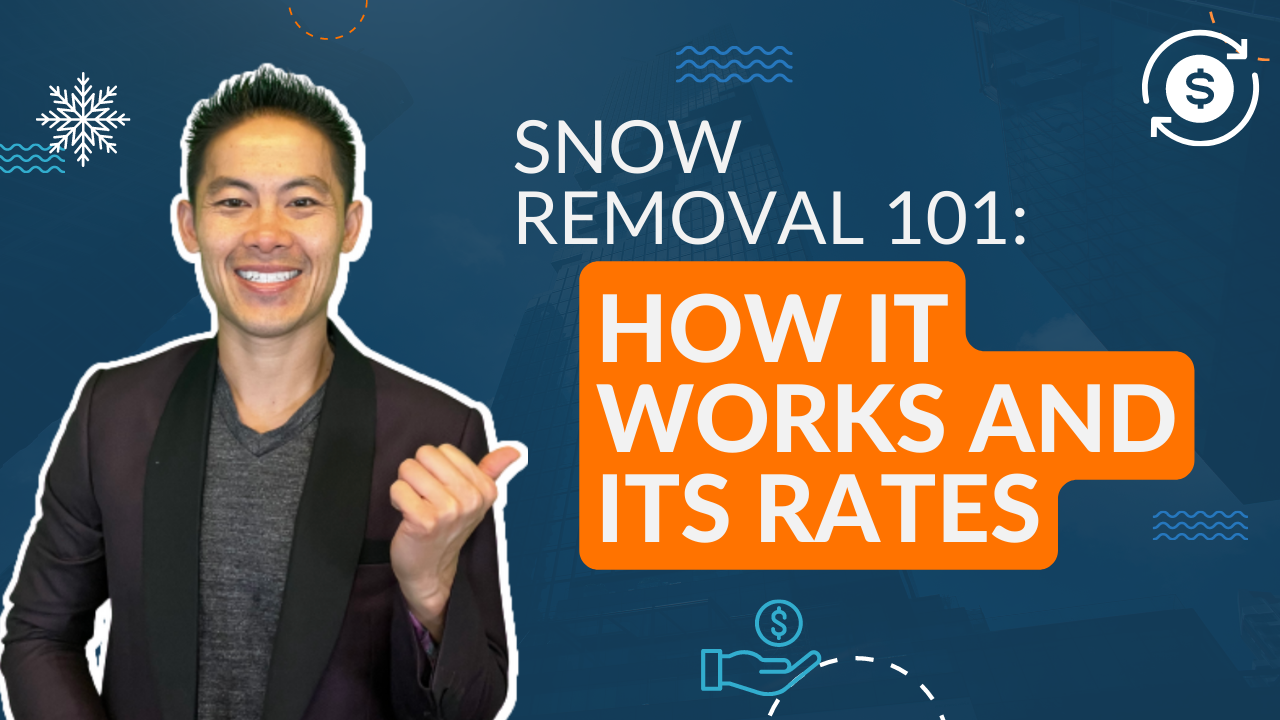As winter approaches, the inevitable sight of snow-covered landscapes becomes a reality for many regions. For homeowners and property managers, the concern shifts to the logistics of snow removal and the associated costs.
In this session, we’ll delve into the intricacies of snow removal, exploring the common billing methods employed by snow removal companies and the possibility of a flat fee arrangement for the entire season.
Variable Billing Based on Snowfall
The majority of snow removal companies employ a variable billing system based on the amount of snowfall. This means that every instance of snow removal, whether it’s a light dusting or a heavy blanket, is billed accordingly.
The rates typically vary depending on the range of snow accumulation, such as 0-3 inches, 3-6 inches, 6-9 inches, 9-12 inches, or 12 inches and above. As the snowfall increases, so does the cost of the service.
Additional Charges for Salt Sanding and Snow Removal

In addition to the basic snow removal charges, companies often include extra fees for services like salt sanding to prevent icy surfaces and, when necessary, the physical removal of snow from the property.
These supplementary services contribute to the overall cost of snow removal.
Flat Fee Option: Paying for Peace of Mind
A common question that arises is whether it’s possible to pay a set amount for the entire snow season. Some snow removal companies offer the option to estimate the seasonal cost based on historical snowfall data and provide a flat fee for the entire winter.
While this can provide peace of mind and fit into a budget, there’s a catch—if the snowfall is minimal, the customer ends up paying for services not rendered.
Negotiating a favorable rate and understanding the snowfall patterns in your region is crucial for making an informed decision.
Calculating Flat Fee Snow Removal

For those opting for a flat fee arrangement, the calculation is often based on the average snowfall over the past few years. For instance, if a region experiences an average of 12 snowfalls per year, the company might use this number to calculate the flat fee.
Using a predetermined rate for a specific range of snow accumulation (e.g., 3-6 inches), they multiply the number of expected snowfalls by the rate to arrive at the annual flat fee. This method provides a predictable cost regardless of the actual snowfall in a given season.
Conclusion
Snow removal is a necessary service for regions prone to winter weather, and understanding the associated costs is crucial for homeowners and property managers.
Whether opting for variable billing based on snowfall or a flat fee arrangement, it’s essential to consider the specific needs of your property, budget constraints, and the historical snowfall patterns in your region. By exploring these options, you can navigate the snowy terrain with confidence and ensure a well-managed and cost-effective snow removal plan.
If you’re in the Boston area and seeking proactive condo association property management, Boston HOA Management is ready to assist.





